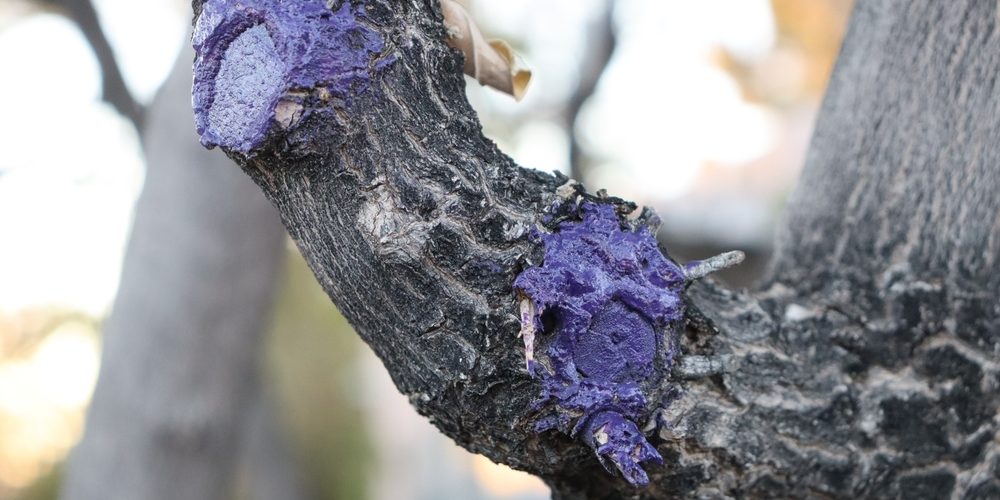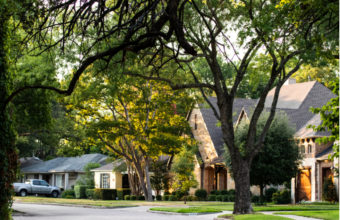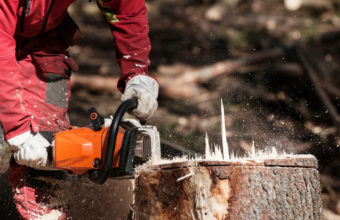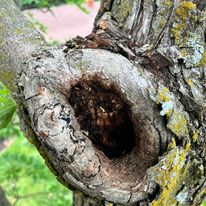No, sealing a tree after pruning is generally not recommended. Trees have a natural ability to heal from wounds through a process known as compartmentalization. When you prune a branch, the tree responds by forming a callus tissue around the wound, which eventually seals it off from pathogens and decay.
Here’s why you should avoid sealing pruning wounds…
- Natural Healing – Trees are capable of sealing their own wounds. The practice of painting wounds with tree sealant or wound dressing is outdated and can actually interfere with the tree’s natural healing processes.
- Disease Prevention – Research has shown that wound dressings do not prevent disease and can sometimes create a conducive environment for decay and disease organisms. The sealant can trap moisture and decay inside, which can lead to further damage.
- Air Circulation – Sealing a wound can also inhibit air circulation to the wound site, which is necessary for the natural drying and healing process.
Instead of sealing wounds, focus on making proper pruning cuts:
- Cut Placement – Make cuts just outside the branch collar (the swollen area where the branch meets the trunk), without leaving a stub or cutting into the collar. This promotes faster and more effective healing.
- Clean Tools – Ensure pruning tools are clean and sharp to make clean cuts that heal more efficiently.
- Proper Timing – Prune at the right time of year for the specific type of tree to reduce stress and minimize the risk of disease.
By following proper pruning practices, you can help ensure that trees heal optimally without the need for wound sealants.






